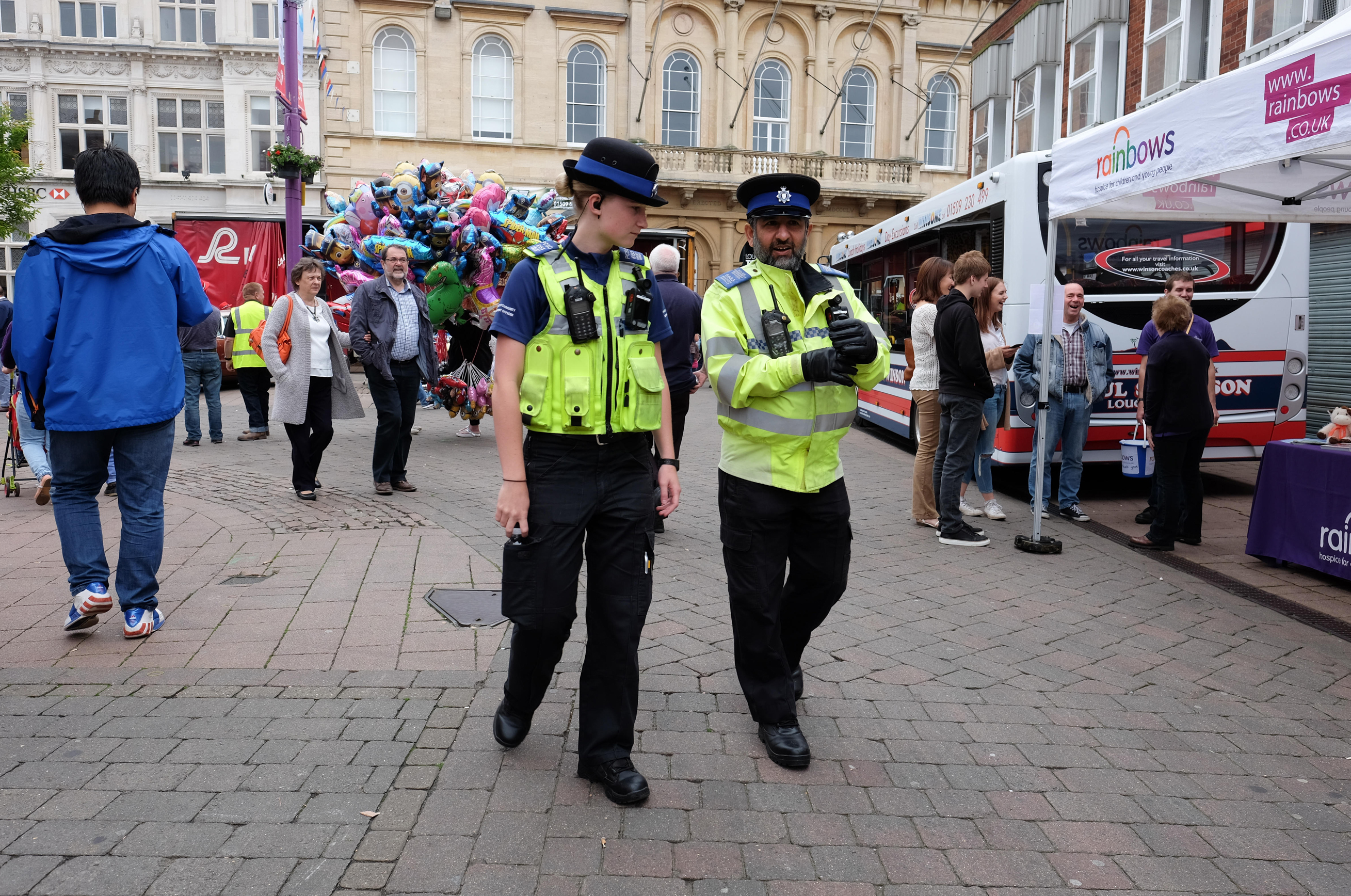4.1 Section 59 of the Police Reform Act 2002
The antisocial use of motor vehicles encompasses a wide range of activities that impact on communities, pedestrians and other road users. Although some individuals may see it as harmless fun, the offenders are not only committing offences but also placing people at risk.
Section 59 of the Police Reform Act 2002 is a key power designated to PCSOs to help tackle the antisocial use of vehicles. It grants a PCSO the power to seize a vehicle which the PCSO has reason to believe is being used in a manner which contravenes Sections 3 or 34 of the Road Traffic Act 1988. This includes careless and inconsiderate driving and prohibition of off-road driving and causing alarm, distress or annoyance to members of the public.
Key law: Section 59 of the Police Reform Act 2002
Vehicles used in a manner causing alarm, distress or annoyance
1. Where a constable in uniform has reasonable grounds for believing that a motor vehicle is being used on any occasion in a manner which—
- a.contravenes Section 3 or 34 of the Road Traffic Act 1988 (c. 52) (careless and inconsiderate driving and prohibition of off-road driving), and
- b.is causing, or is likely to cause, alarm, distress or annoyance to members of the public,
he shall have the powers set out in subsection (3).
(Police Reform Act, 2002)
Police forces will have different policies regarding the use of such powers. For example, North Yorkshire Police’s policy is that an officer must see the manner of driving to enact their powers under Section 59 of the Police Reform Act 2002. The powers cannot be exercised unless the driver is both using the vehicle antisocially and committing offences under either Section 3 or Section 34 of the Road Traffic Act 1988. If someone is driving in a way that might be considered antisocial but not committing either of these Road Traffic Act 1988 offences, they are not liable to having their vehicle seized. If someone is committing a different motoring offence, they are also not liable to having their vehicle seized.
Under Section 59 of the Police Reform Act 2002, the driver of the vehicle is initially given a warning, which lasts for 12 months. If that driver is dealt with again for antisocial use of a motor vehicle, the vehicle will be seized. It’s worth noting here that a Section 59 warning applies to both the driver and the vehicle, so if someone else drives the same vehicle in an antisocial manner in the enforcing period then the same penalties apply.
A PCSO has the same powers as a police officer under the legislation except for the power stated in Section 59(3)(c) of the Act, a power of entry. It should be noted that a PCSO can only enter premises in the presence of a constable.
